Chinese New Year 2022: Seven lucky foods eaten in celebration, from spring rolls to dumplings
Food plays an important role in the annual festivities
Your support helps us to tell the story
From reproductive rights to climate change to Big Tech, The Independent is on the ground when the story is developing. Whether it's investigating the financials of Elon Musk's pro-Trump PAC or producing our latest documentary, 'The A Word', which shines a light on the American women fighting for reproductive rights, we know how important it is to parse out the facts from the messaging.
At such a critical moment in US history, we need reporters on the ground. Your donation allows us to keep sending journalists to speak to both sides of the story.
The Independent is trusted by Americans across the entire political spectrum. And unlike many other quality news outlets, we choose not to lock Americans out of our reporting and analysis with paywalls. We believe quality journalism should be available to everyone, paid for by those who can afford it.
Your support makes all the difference.On 1 February 2022, the annual celebrations for the Chinese New Year officially begin.
The festivities, which this year are centred around the Year of the Tiger, typically last for two weeks, from New Year's Eve until the Lantern Festival on the 15th day of the first month of the lunisolar calendar year.
Food plays an important role in the observance of the Chinese New Year, with many dishes eaten for symbolic purposes.
Some foods, such as spring rolls and dumplings, are consumed for luck and hopes of a prosperous year ahead.
Other dishes, such as rice balls, are eaten to symbolise family and togetherness during the jubilant festive period.
Here are seven lucky foods eaten in celebration of the Chinese New Year:
1. Spring rolls
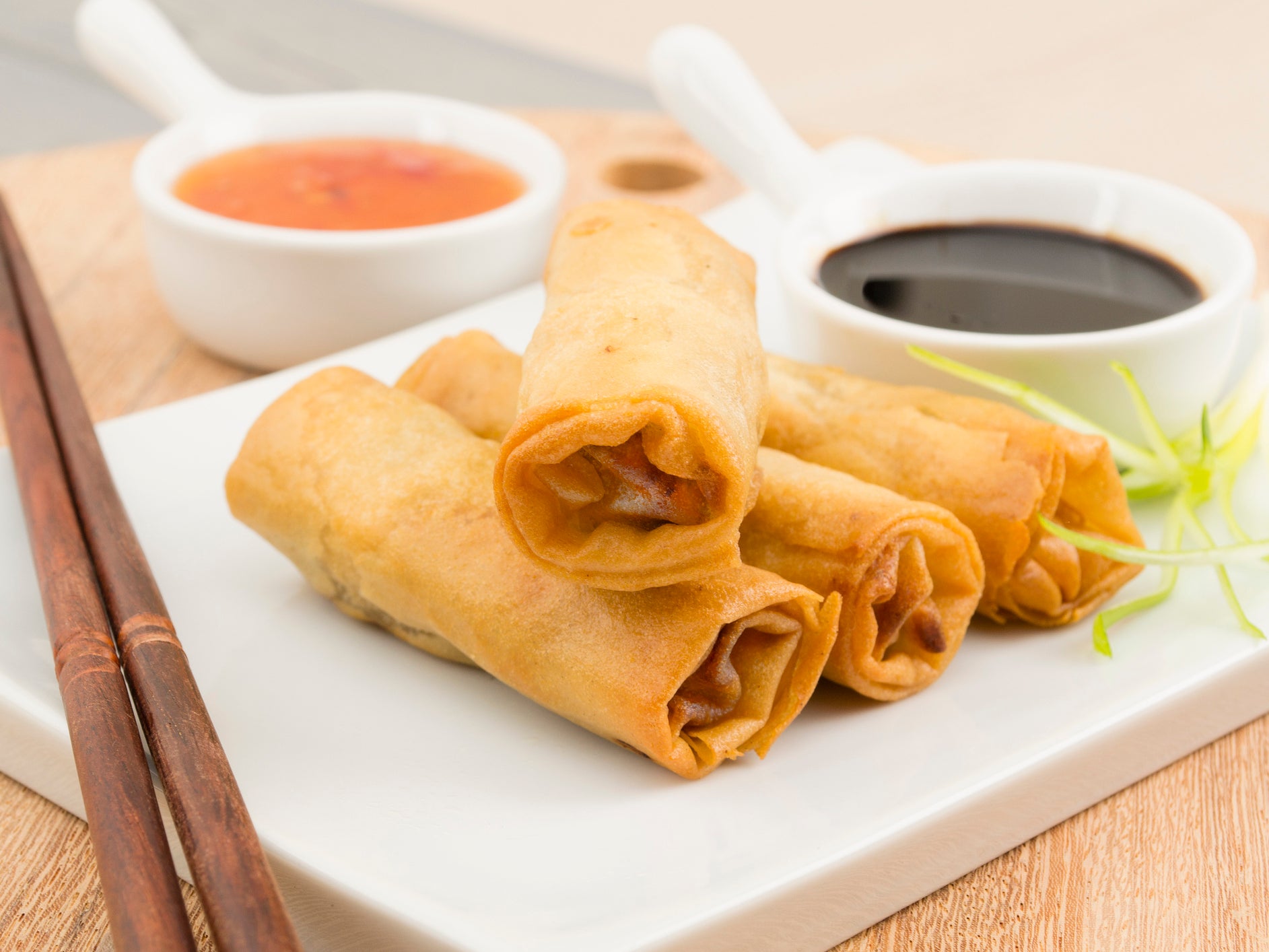
Spring rolls, known as "Chun Juan" in Chinese, are eaten during the Chinese New Year as a symbol of wealth and prosperity.
The lucky saying for eating spring rolls is "Hwung-Jin Wan-Lyang", which translates to mean "a ton of gold".
The deep fried rolls are often filled with savoury fillings, such as vegetables or meat.
Spring roll wrappers are typically made from flour and water, and fried to give the spring rolls their signature golden look.
2. Dumplings
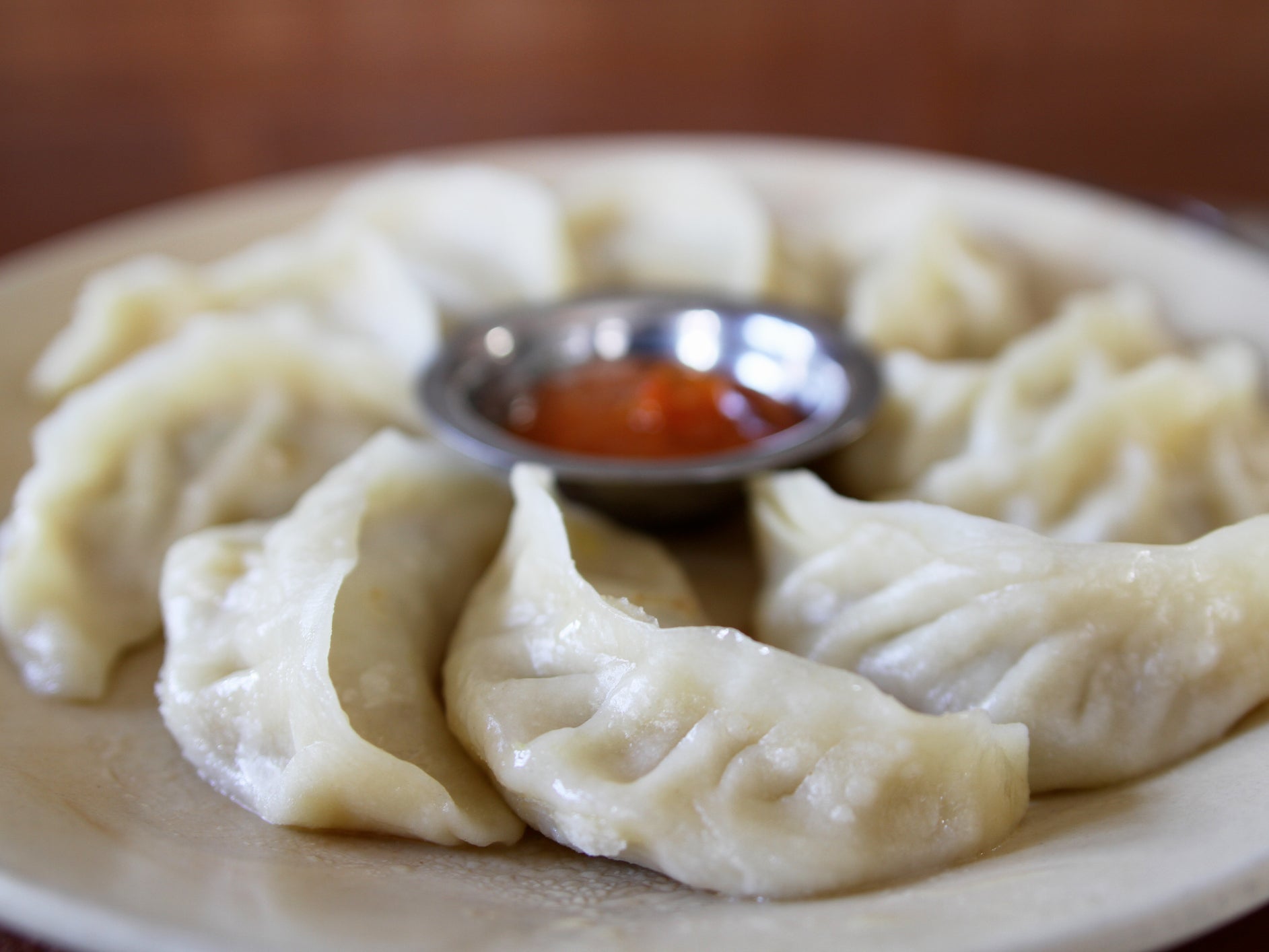
Chinese dumplings, otherwise known as "Jiaozi", also typically represent wealth when eaten during the Chinese New Year, although they're also eaten throughout the year.
According to food blog Graceful Cuisine, Jiaozi are specifically eaten during the annual celebration due to their resemblance to gold ingots, a currency used during the Ming dynasty in China.
Dumplings are usually made from a mixture of minced meat and diced vegetables, which are then wrapped in a thin dough, China Highlights states.
They can be cooked with the method of your choosing - either by boiling, steaming, frying or baking.
3. Noodles
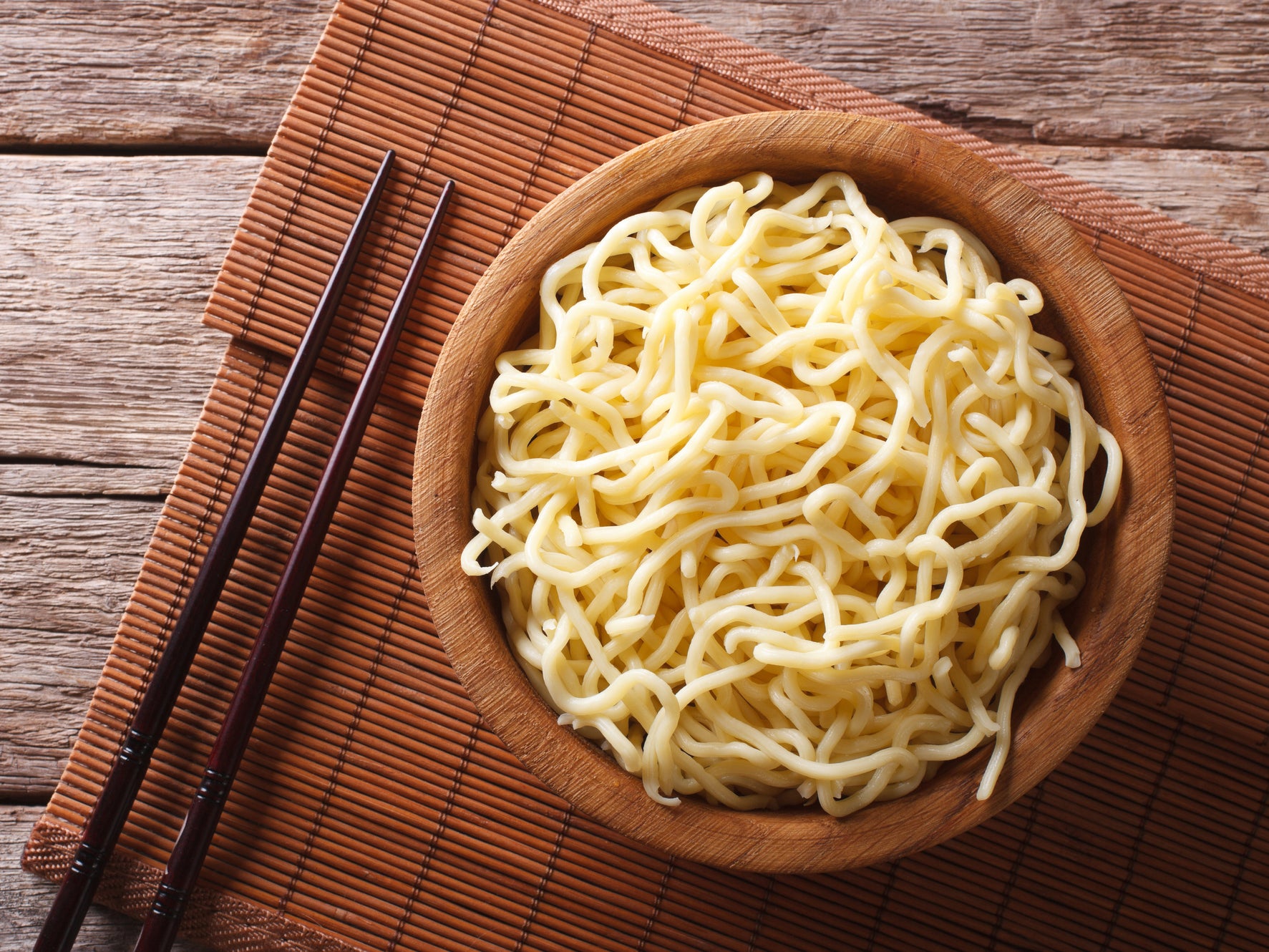
The noodles eaten during the Chinese New Year are typically longer than usual, in order to represent longevity and happiness.
These noodles, which can reach two foot in length, are referred to as "Chang Shou Mian", or "long-life noodles".
Longevity noodles are also served during other celebrations, such as birthdays.
4. Steamed fish
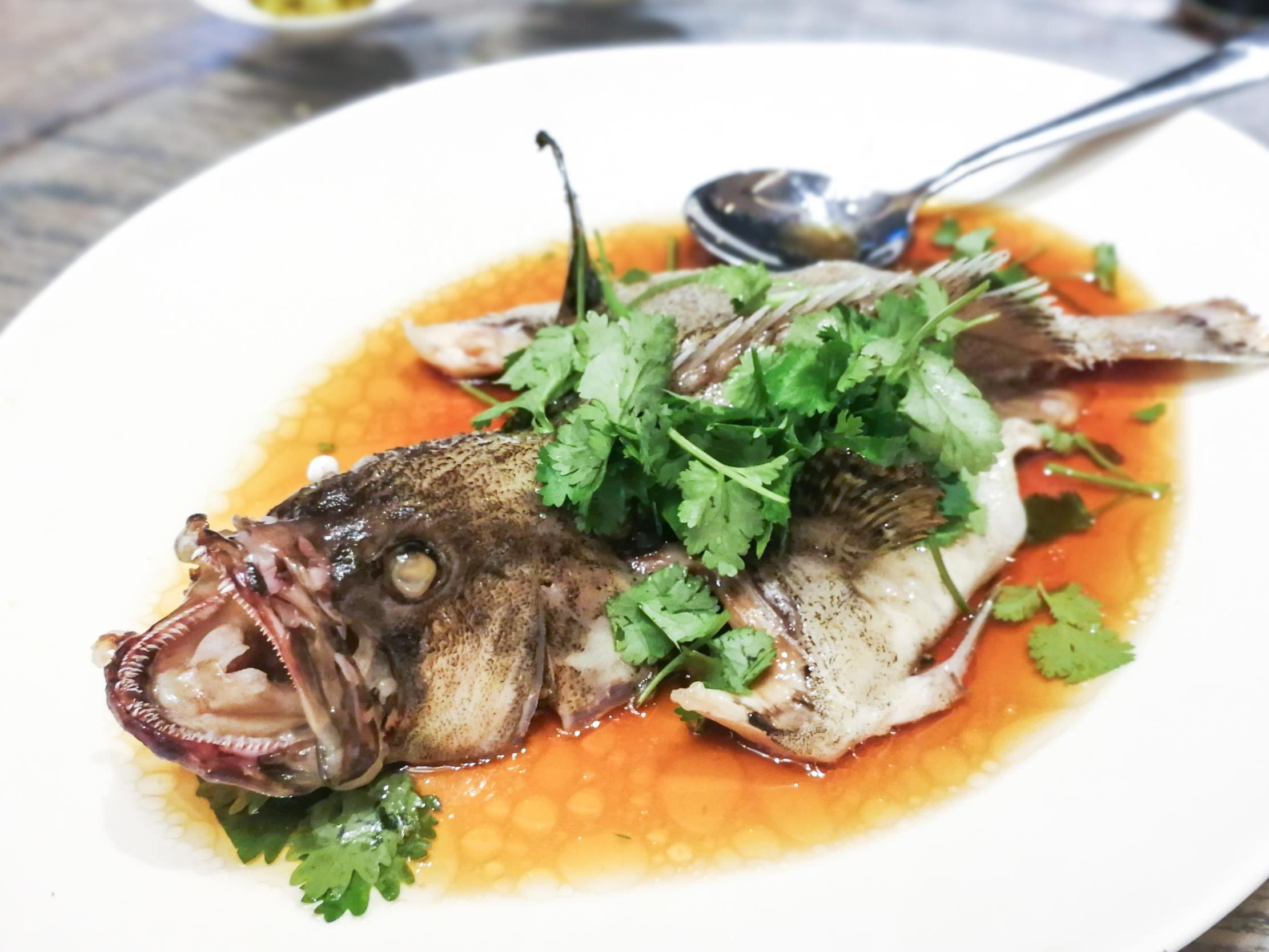
Another item that you may find on the dinner table during the Chinese New Year is a large steamed fish, to symbolise prosperity.
When fish is eaten in celebration of the Chinese New Year, it's tradition to leave some of the dish on your plate, as it's believed that if you manage to save something at the end of the year, then you'll be able to make more the next year.
According to China Highlights, the head of the fish should always be directed at the elders of the family as a show of respect.
It's considered unlucky to flip the fish over, as this is symbolic of a boat capsizing.
5. Rice cake
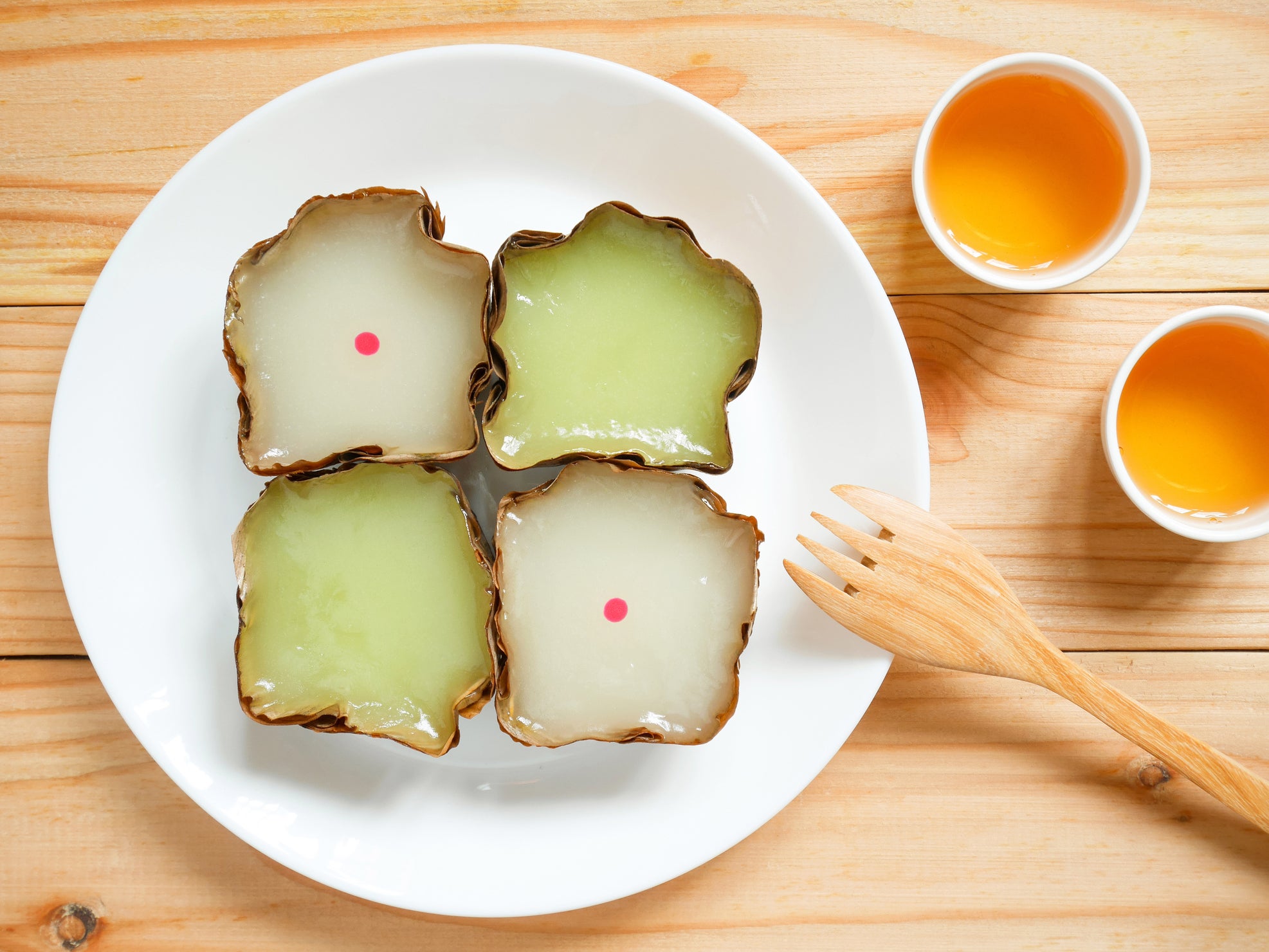
Nian Gao is a cake that's made from glutinous rice and eaten during the Chinese New Year for good luck.
In Chinese, "Nian Gao" is a homonym for "higher year", and as such is eaten with the belief that doing so will lead to a more prosperous year ahead.
Nian Gao is traditionally made from glutinous rice flour, wheat starch, salt, water and sugar. It can be steamed, fried or eaten cold.
6. Rice balls

Rice balls, or "Tang Yuan", is a Chinese dessert made by mixing glutinous rice flour with water to form small spheres.
These rice balls may then be cooked and served in boiling water or in a sweet syrup.
The dish is traditionally eaten during the Lantern Festival, two weeks after the Chinese New Year festivities have begun.
Tang Yuan represents togetherness and family, and so are also often eaten during other family celebrations throughout the year.
7. Fruit
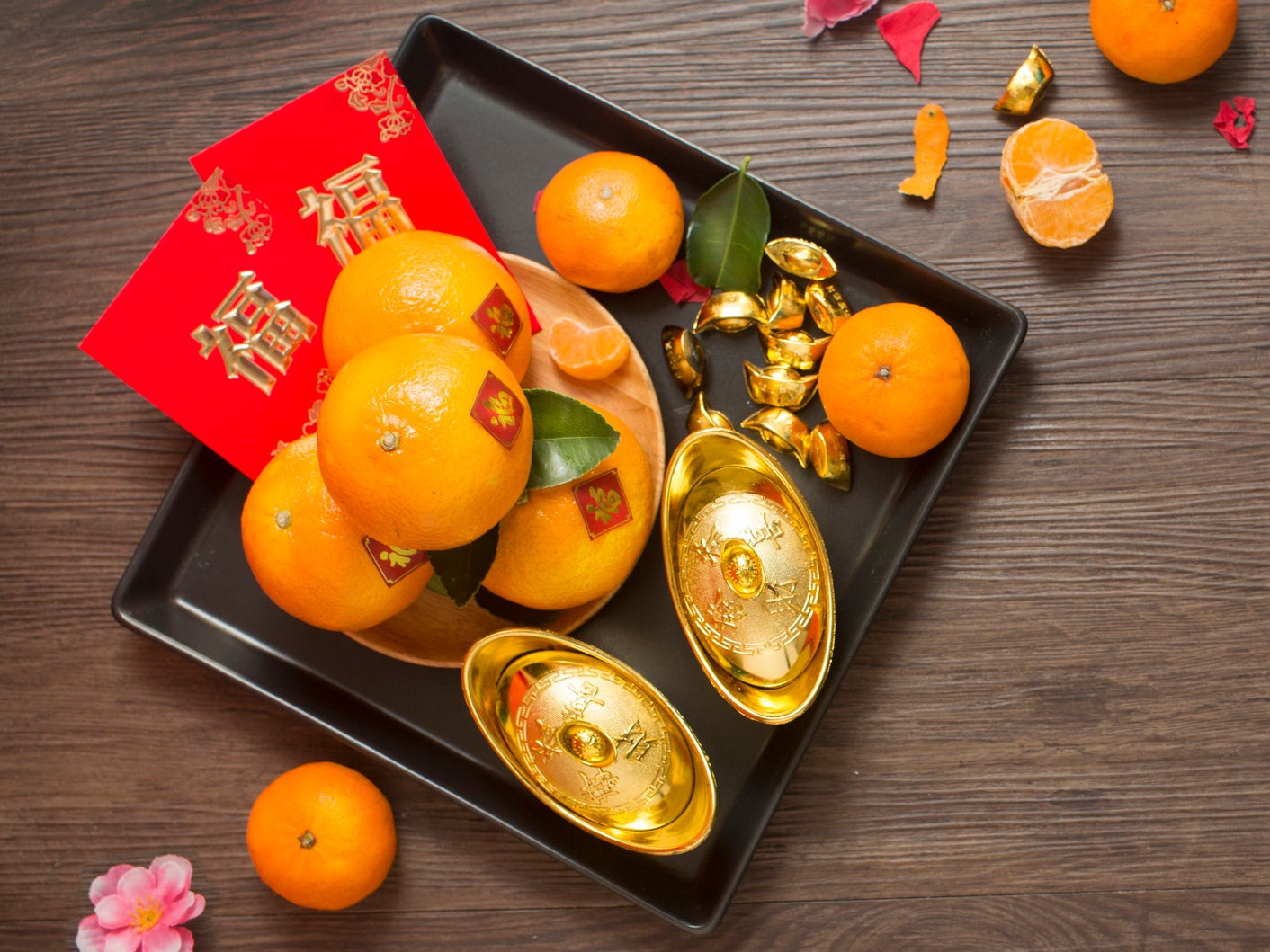
The orange is one of the most symbolic fruits of the Chinese New Year, signifiying wealth and fullness due to the roundness of the fruit and its "golden" colour, China Highlights states.
In addition to eating an abundance of tangerines, oranges, kumquats and pomelos, people celebrating the Chinese New Year may also display the fruit around their homes.
These fruits may also be presented to loved ones as gifts throughout the festive period.

Join our commenting forum
Join thought-provoking conversations, follow other Independent readers and see their replies
Comments